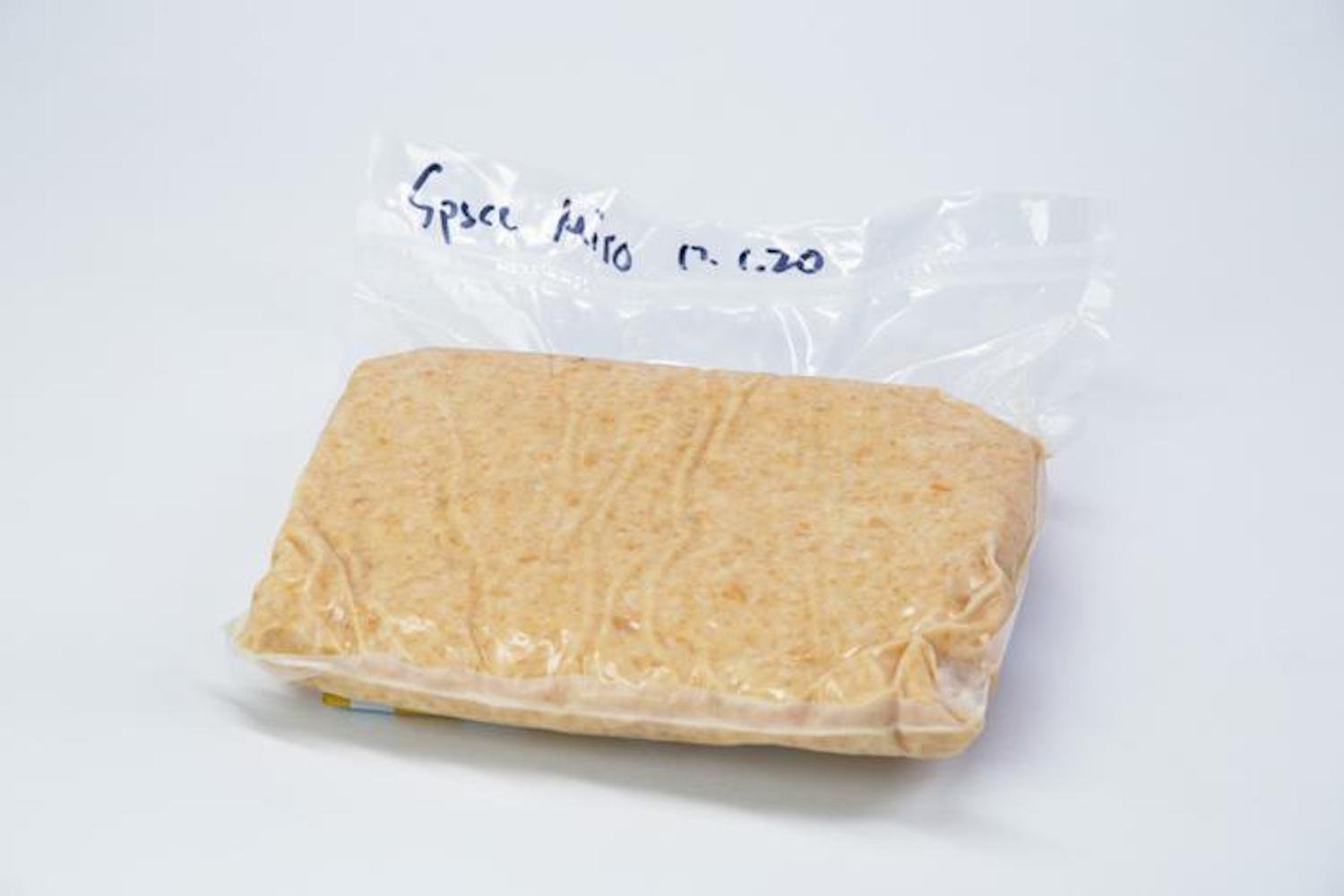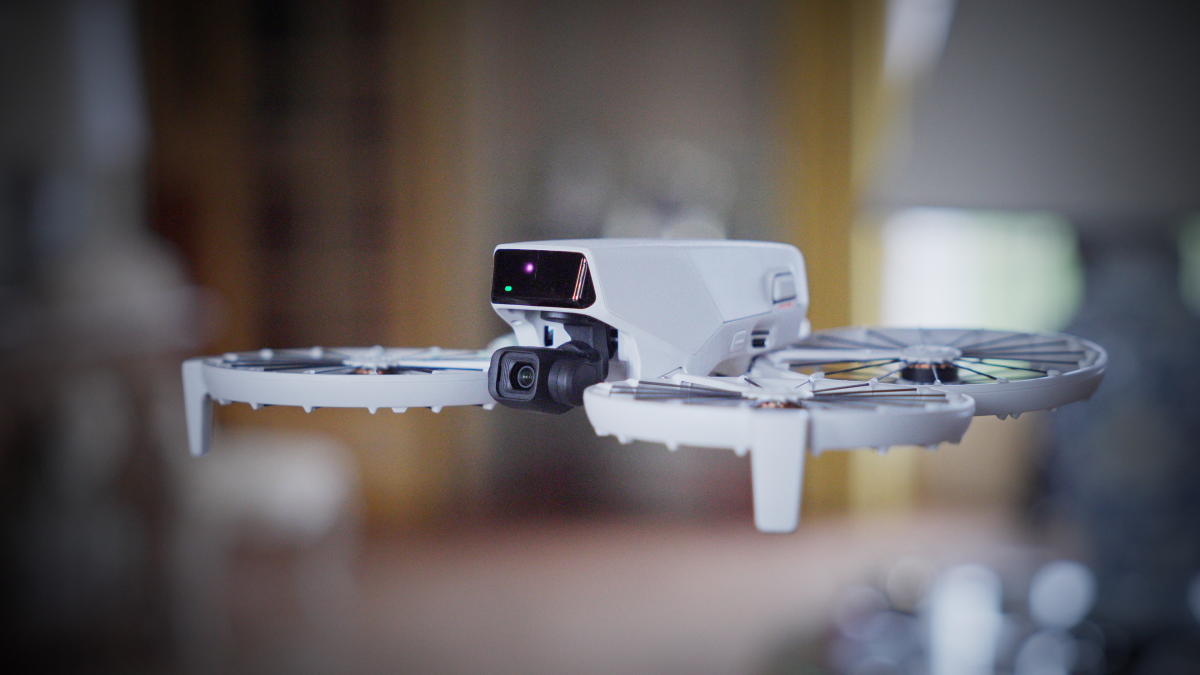Breaking the Frontier of Space Cuisine
Forget the days of chalky freeze-dried ice cream or individually packaged mashed potatoes. Astronauts on the International Space Station (ISS) have successfully prepared a delectable fermented delicacy – the Japanese soybean paste known as miso – in space. This breakthrough may seem like a small luxury for ISS residents, but it has significant implications for future space missions, including trips to Mars.
The Challenge of Space Cuisine
One of the major hurdles in planning long-duration space missions is providing a sustainable food supply for astronauts. Fermenting ingredients in space could not only enhance nutrition but also bring joy and comfort to astronauts through delicious meals. The ability to produce fermented foods like miso could be a game-changer for future space travel.
The Experiment
In March 2020, an international team of food scientists sent a package containing a mixture of soybeans, rice kōji, and salt to the ISS. The astronauts on board were tasked with running an experiment to see if the mixture would ferment, producing the tasty miso paste. The researchers chose miso due to its unique microbial communities, firm structure, and high nutritional value.
The Results
After 30 days, the fermented miso was returned to Earth for analysis. The results showed that the miso had fermented successfully, despite initial concerns about the microgravity and radiation environment on the ISS. Although there were some differences in the microbial composition compared to Earth-made miso, the space-made miso was still deemed a success.
Implications for Future Space Missions
The success of this experiment has significant implications for future space missions. As Joshua D. Evans, senior researcher at the Technical University of Denmark’s Novo Nordisk Foundation Center for Biosustainability, noted, "There are some features of the space environment in low Earth orbit – in particular microgravity and increased radiation – that could have impacts on how microbes grow and metabolize and thus how fermentation works." The ability to ferment ingredients in space could provide a sustainable food source for astronauts on long-duration missions.
The Taste Test
So, how did the space miso taste? According to the scientists, the ISS miso had a higher level of "roasted" and "nutty" aromas, which affected the flavor. While it may have been different from Earth-made miso, the space miso was still a success.
The Future of Space Food
The success of this experiment is the latest example of how far space food has come since John Glenn became the first human to eat in space in 1962. With the ability to grow produce like lettuce on the ISS and the development of new food technologies, the possibilities for space cuisine are expanding. As missions to Mars and beyond become more feasible, figuring out how to keep astronauts fed without relying on packaged snacks will remain a logistical challenge. The humble miso paste may have just paved the way for a new frontier in space cuisine.
Source Link





